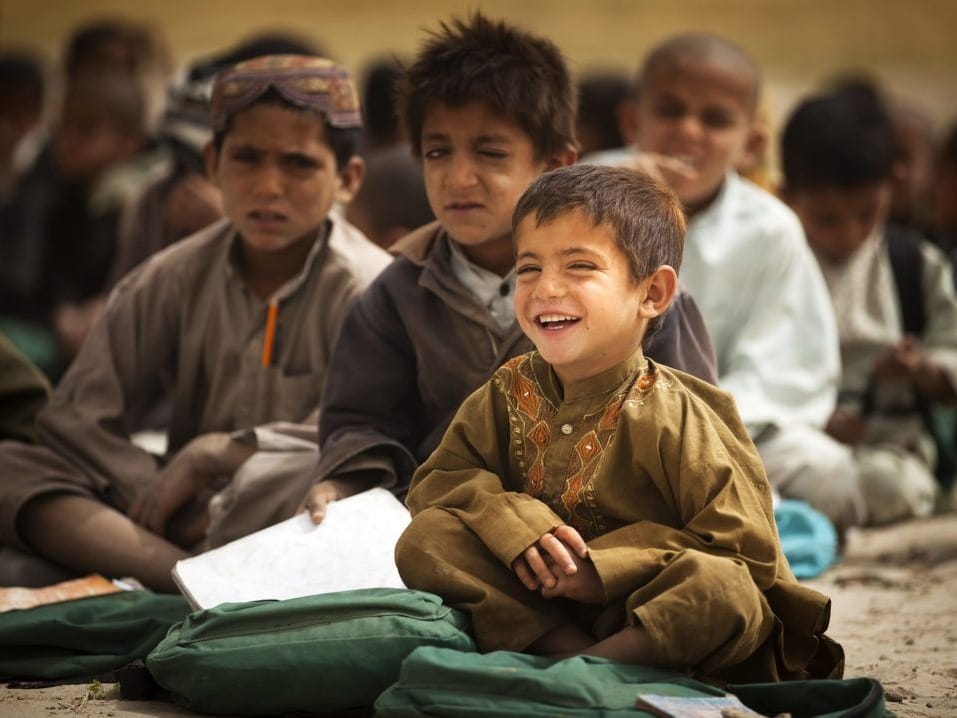WASHINGTON (AN) — Over the past decade, there has been only slight progress in sending more children to classrooms worldwide and around one-sixth of school-age kids are not getting an education, UNESCO reported on Friday.
The U.N. Educational, Scientific and Cultural Organization said its latest data on the world’s out-of-school children reveals about 258.4 million children, adolescents and youth were out of school last year, representing one-sixth of the global population of this age group.









